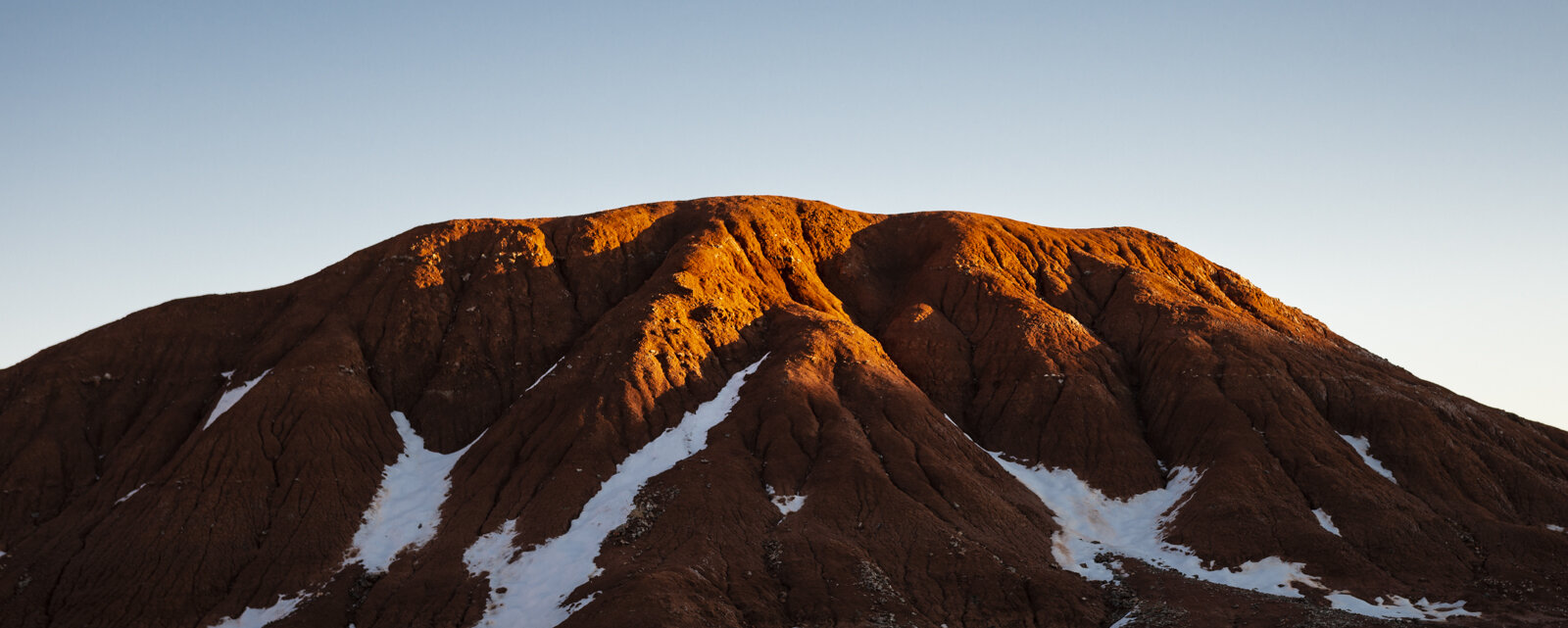The design elements in a photograph are crucial to creating a visually appealing and emotionally impactful image. A well-designed composition can draw the viewer in and convey the intended message with ease. There are several design elements that are important in creating a great composition in a photograph, including line, shape, form, space, texture, and color.
Line is an important design element in photography as it can be used to guide the viewer's eye and create a sense of movement within the frame. Leading lines, such as roads, river banks, or the lines of a building, can be used to draw the viewer's eye towards the subject of the photograph. Horizontal, vertical, and diagonal lines can also be used to create a sense of balance and stability in the image.
Shape is another important design element in photography. Shapes can be used to define the subject and create visual interest within the frame. The use of geometric shapes such as circles, squares, and triangles can create a sense of order and symmetry, while organic shapes such as leaves, branches, and clouds can create a sense of movement and fluidity. The use of shapes can also add to the overall mood and atmosphere of the photograph.
Form is the three-dimensional representation of the subject in the photograph. The way in which the form is captured and presented can have a major impact on the composition of the image. Light and shadow can be used to create depth and dimension in the image, making the subject appear more three-dimensional and bringing the image to life.
Space is an important design element in photography as it helps to create a sense of depth and perspective in the image. The use of foreground, middle ground, and background can be used to create a sense of depth within the frame and make the subject appear more three-dimensional. The manipulation of space can also be used to create a sense of movement and progression within the image.
Texture is the surface quality of the subject in the photograph. It can add depth and dimension to the image and create visual interest. The use of texture can also evoke emotions and add to the overall mood of the image.
Finally, color is an important design element in photography as it can evoke emotions and convey a message. The use of color can also create a sense of balance and harmony within the frame. Color can also be used to create a sense of contrast and draw the viewer's eye to the subject of the photograph.
The design elements of a great composition in a photograph are crucial to creating a visually appealing and emotionally impactful image. Understanding the importance of line, shape, form, space, texture, and color in photography can help photographers to create images that are aesthetically pleasing and effectively convey the intended message. By considering these design elements and incorporating them into their compositions, photographers can elevate their images from ordinary snapshots to works of art.




